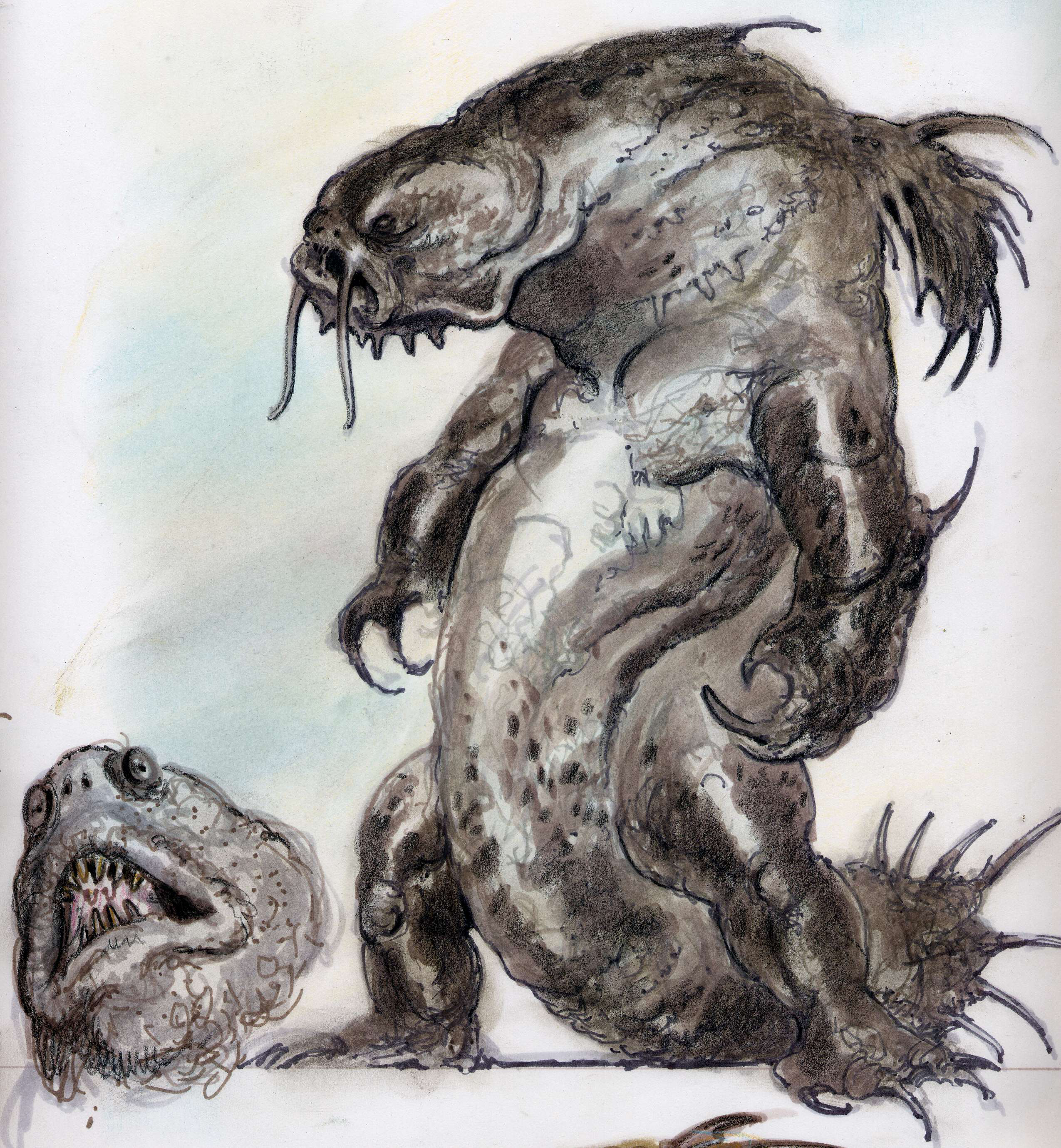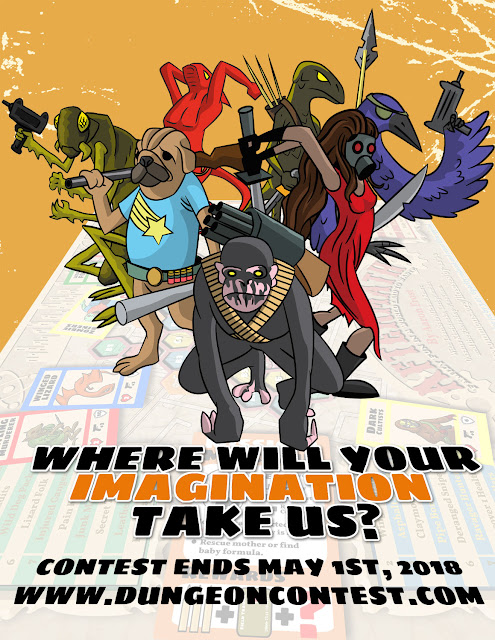Greetings, all! It’s been too long! I’ve been very busy with a truly wonderful career transition and a lot of high-level parenting, but I wanted to drop in and tell you about a wonderful game called The Index Card Role Playing Game.
To answer your first question: You do not need index cards to play ICRPG. At all. The index cards are a useful but entirely optional part of the ICRPG play experience. Odd naming convention aside, ICRPG has fresh, vital, engaging gaming mechanics that have made it my new favorite RPG.
ICRPG’s approach to role-playing is that it is a game that results in a story. The dice provide the up and down beats; the GM provides a setting and the players provide the characters who face adversity to meet their goals. Everything in ICRPG works towards this end. It is not a story game; mechanically, it’s more like a stream-lined retro-clone. One key mechanic has given our group our most memorable, orderly, equitable gaming sessions:
Always in Turns
In ICRPG, players are always in turns and there is no initiative. Like a board game, the players and GM go in order, counter-clockwise. No matter how time is being counted--moments (like rounds), hours, or days--the players take their actions in turn. The players are free to talk and plan out of turn, but even when their characters are milling around the fancy ball trying to spy on the Duchess, they take die-dependent actions in turns. In ICRPG, everyone gets a say, even if it’s “pass”. It sounds restrictive, but I promise you it’s liberating. Doing a town session in turns takes about thirty minutes. Everyone does something constructive: crafting, shopping, gathering info, taking care of animals. No one flails around doing nothing for an hour while everyone else plays on their phones. The most boisterous players can express their personalities without monopolizing every scene (guilty). Everyone gets to give input and act meaningfully for the entire game session.
The turn rule is flexible enough for characters to act naturally. If a player says, “I’m going to the livery stable”, another player can pipe up and say “me too.” The just can’t take any action until it’s their turn. Players can hold their action until another player catches up. The one-action-per-turn rule winnows tedious tasks down into one die roll per action: “I make new horseshoes.” “I help.” Easy-peasy.
This simple mechanic creates a very safe play environment. It’s equitable by design: Important if you want everyone to have fun without herding cats. My players are mature, reasonable human beings, but human beings they are and prone to the foibles of their kind. The ICRPG turn structure keeps them focused and thoroughly engaged from the intro to the final turn. That alone is worth its weight in gold.







